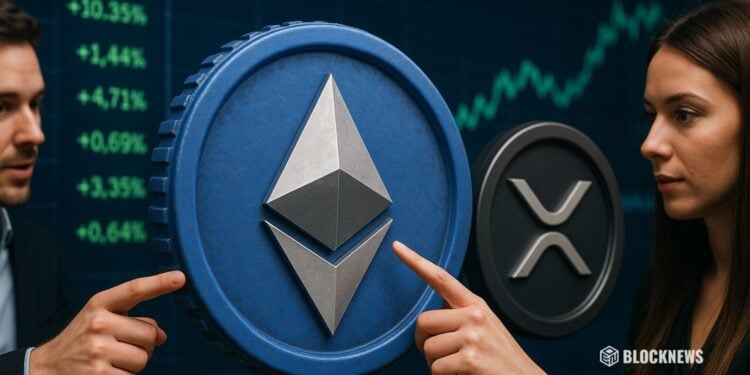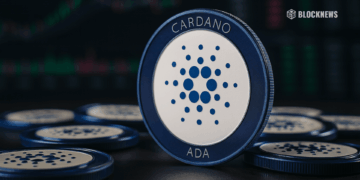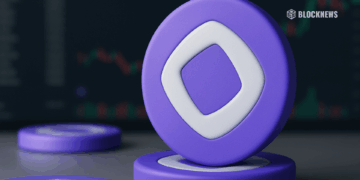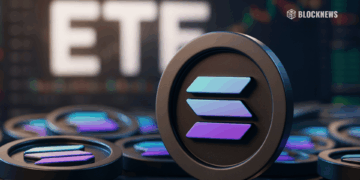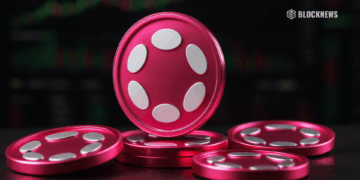- XRP soared 340% in a year, but banks can use Ripple’s tech without touching XRP.
- Ethereum directly benefits from stablecoin growth through gas fees and token burning.
- Long-term value economics still lean clearly toward ETH over XRP.
XRP has been on a ridiculous tear, jumping more than 340% from the Nov. 2024 elections to Nov. 25, 2025 — outpacing Ethereum’s growth by more than 15x. That kind of chart usually makes people feel like they missed something huge. But wild past performance doesn’t do much to predict the road ahead, and that’s really where the conversation changes. To figure out which coin might perform better now, you have to look at their economics… and more importantly, which network creates more real value as adoption grows.
XRP promises faster banking rails — but there’s a catch
Traditional banking transfers work fine, but they’re slow, clunky, and loaded with fees. Ripple built XRP to fix that problem by offering fast, cheap settlement without the painful waiting period. Plenty of banks already use Ripple’s tech, and that real-world presence is what gives XRP its investment appeal. More banks, more usage, more demand — in theory.
But here’s the twist most newcomers miss: banks don’t actually need XRP to use RippleNet, the company’s core product. Almost every major institution using Ripple’s technology avoids the token completely. They get the speed and efficiency, but dodge the volatility risk of holding XRP. That one detail seriously weakens the “banks will boost XRP” narrative, no matter how good it sounds.
Ripple’s On-Demand Liquidity (ODL) is different — it uses XRP as a bridge asset for cross-border payments. This system removes the need for banks to keep foreign currency accounts funded, freeing capital and solving liquidity issues. The problem is, big banks rarely face liquidity constraints large enough to justify holding an asset as unpredictable as XRP, even briefly.
And now Ripple is pivoting again. The company recently bought Rail, a stablecoin payments platform, and is pushing its own stablecoin, RLUSD, pretty aggressively. If RLUSD becomes Ripple’s preferred bridge asset, XRP could get sidelined inside its own ecosystem — not exactly bullish long-term.

Ethereum grows stronger as stablecoin adoption expands
Ethereum sits on the opposite side of the argument. If stablecoins blow up into a multi-trillion-dollar market — and they probably will — Ethereum directly benefits. Most major stablecoins (USDT, USDC, DAI, and so on) rely heavily on Ethereum’s network, even if some interact with other chains too.
Every stablecoin transfer on Ethereum requires gas fees, paid in ETH. That means ETH has to be bought constantly — steady demand pressure. And each time a transaction burns a bit of ETH, supply shrinks. Over time, that burn mechanism actually matters.
XRP burns tokens too, but the amount is so tiny it barely scratches supply. Ethereum, on the other hand, burns enough per transaction to affect the long-term supply curve — and that’s a huge difference.
Layer-2 networks do complicate things, since they reduce gas fees by processing transactions off-chain. But the core dynamic still holds: more usage equals more ETH demand and more ETH burned.
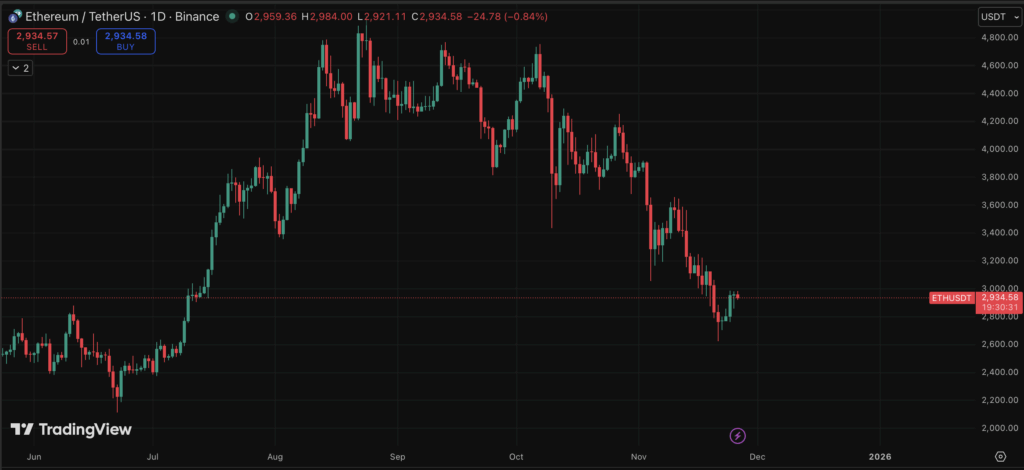
The economics favor ETH… even with its flaws
Ethereum isn’t perfect. New ETH gets created to compensate validators for securing the network, which pushes supply up while the burn pulls it down. Those forces have balanced out since 2022, keeping supply mostly flat. But if network usage changes massively — either up or down — supply could swing again.
XRP had an incredible year, climbing more than 230% and drawing tons of attention. But when you zoom out and really look at the economics, Ethereum still offers a stronger structure for long-term value creation. XRP depends heavily on adoption that may not require its token anymore; ETH, meanwhile, benefits from the growth of the entire crypto economy — especially stablecoins.
Here is why, at least for long-term investors, Ethereum still looks like the sturdier bet.


